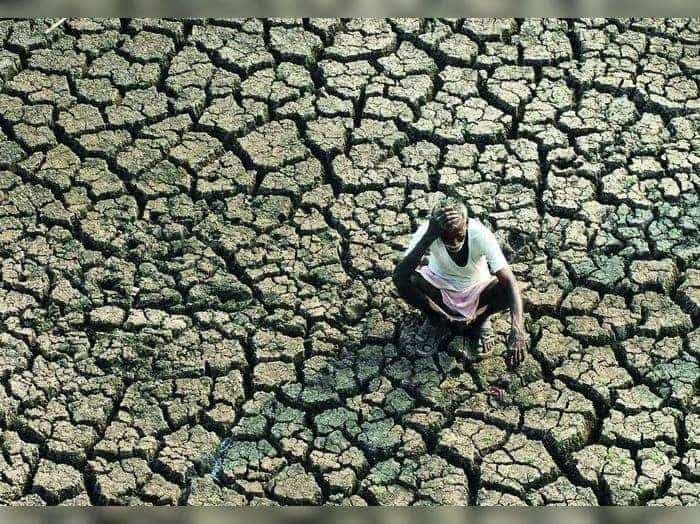
Bengaluru: Karnataka is grappling with an acute drought this year, leaving crops unviable, existing yields destroyed, and farmers in severe distress. Tragically, the dire situation has led 456 farmers, burdened by the weight of debt, to end their lives this year so far.
The state government’s statistics reveal a harrowing tale of agricultural despair, with districts like Haveri, Mysore, Belgaum, Chikkamagaluru, Kalaburagi, and Yadagiri witnessing a surge in farmer suicides.
In the preceding year (April 1, 2022, to March 31, 2023), the toll was even higher, with 968 farmers ending their lives. Of these, 849 cases were considered eligible for compensation. The government’s response included the distribution of compensation to 849 affected families during 2022-23. The Sub-Divisional Officers’ Committee provided relief to 321 eligible cases out of a total of 354 cases during this period.
Disturbingly, districts like Shimoga, Dharwad, Haveri, Belgagavi , Bidar, Chikkamagalur, Kalaburagi, Mysuru, and Yadgiri reported significant numbers of farmer deaths in the past year. However, rural districts like Chamarajanagara, Kodagu, Kolar, Ramanagara, Dakshina Kannada, Udupi, Bangalore Rural, and Udupi had comparatively fewer cases. Dakshina Kannada reported three farmer deaths, while Bangalore Rural, Udupi, and Ramanagara reported none. Chamarajanagar and Kolar reported two and three deaths, respectively.
Rainfall deficit
The prevailing drought has disrupted normal monsoon patterns, causing a significant rainfall deficit. Last year, the state received average 633 mm of rainfall from June to September instead of the usual 839 mm. The northeast monsoon from October to mid-December recorded only 113 mm of rainfall against the typical 188 mm. The current situation reveals a deficit in 24 out of 31 districts, exacerbating the agricultural crisis.
According to the Agriculture Department, the expected food grain crop of 148 lakh metric tonnes this year may see a massive drop to 60 lakh metric tonnes due to the drought. Sowing activities have been hampered in several parts of the state, leading to dry or low-yield crops where cultivation is possible.
Prices skyrocket
Prices of essential commodities have soared, with tur dal pulses, once sold at Rs 7,000 per quintal, now reaching Rs 12,000. The common man is bearing the brunt, with pulse prices skyrocketing from Rs 70 to Rs 120 per kg. Other staple items have also witnessed price hikes, signaling potential further increases in the coming days.
Speaking to Siasat.com on Sunday, Ramesh Chandra Lahoti, President of the Federation of Karnataka Chamber of Commerce and Industry (FKCCI), forewarned of a 30 to 40 percent price difference in rice and pulses. He predicts continued price rises until new crops enter the market. Lahoti highlighted the possibility of hotels and restaurants further increasing food prices, attributing the entire crisis to the ongoing drought, leaving no choice until next year’s rains.



